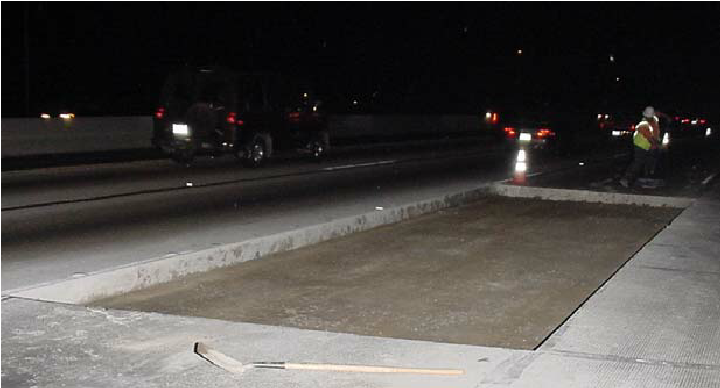Reinforcing and replacing concrete slabs can be a complicated and difficult process, but it is sometimes necessary to maintain the life of your property. Fortunately, there are a number of options available to consider when selecting the right replacement method for you. In this article, we will explore why it might be necessary to replace concrete slabs and look at some of the available solutions that can help you get the job done safely and efficiently.
Table of Contents
Reasons For Replacement
Concrete slabs are commonly used in construction for their durability and longevity. However, there may come a time when replacement is necessary.
Damage
The most common reason for concrete slab replacement is damage caused by wear and tear over time. This can manifest as cracks, holes, or unevenness in the surface of the slab. These issues not only detract from the appearance of your property but can also pose safety hazards such as tripping hazards.
Change In Environment
Another reason that concrete slab replacement may be necessary is due to changes in the surrounding environment. For example, if you live in an area with frequent earthquakes or heavy rainfall, your concrete slab may shift or become unstable over time. Additionally, tree roots can grow beneath the surface of the slab and cause damage that requires replacement.
While replacing a concrete slab can be costly and time-consuming, it is often necessary to maintain safety standards and ensure the long-term structural integrity of your property. If you suspect that your concrete slab needs to be replaced, consult with a professional contractor and get concrete repair services from experts who can assess any damage and provide recommendations for the next steps.
Preparing For Replacement
Concrete slabs are durable and long-lasting structures, but they can get damaged over time. If the damage is extensive, the only option may be to replace the entire slab. This process involves breaking up and removing the old slab and pouring a new one into its place. But if the damage is not too much you can repair it with the help of Slabjack Geotechnical.
Before replacing a concrete slab, it’s important to prepare for the process. This includes selecting a contractor who has experience with concrete replacement projects and obtaining any necessary permits or approvals from local authorities. The area around the slab should also be cleared of any obstacles or debris that could interfere with the replacement process.
In addition, homeowners should consider their needs during this time, such as finding temporary living arrangements if necessary or making accommodations for pets or children during construction. Proper preparation can help ensure that your concrete replacement project goes smoothly and results in a solid foundation for years to come.
Steps For Removal & Replacement
If you’re dealing with a damaged or unsightly concrete slab in your home, it’s understandable to want to remove and replace it. Thankfully, the process is not as daunting as it may seem.
- The first step in removing a concrete slab is to gather the necessary tools and equipment. This includes safety gear such as gloves and goggles, a sledgehammer or jackhammer, and a shovel.
- Once you have all of the necessary materials, begin by breaking up the concrete into manageable pieces using the sledgehammer or jackhammer. Be sure to work carefully around any pipes or wiring that may be present underneath the slab.
- Once all of the concrete has been broken up into smaller sections, use a shovel to remove it from the area
- After removing the old slab, prepare your new concrete mix according to manufacturer instructions and pour it into place over compacted soil. Allow sufficient time for curing before walking on or placing any weight on your newly replaced slab.
- With these steps completed correctly, you’ll have successfully removed and replaced your old concrete slab with a fresh new one that will last for years to come!
Conclusion
In conclusion, replacing a concrete slab can offer numerous benefits to homeowners. One of the most significant advantages is structural stability. Over time, concrete slabs can crack and weaken due to various factors, such as weather conditions or soil shifts. Replacing the slab ensures that the foundation is strong and stable again.
Another benefit of replacing a concrete slab is improved energy efficiency. A new slab can be constructed with insulation materials that reduce heat loss during cold seasons and minimize heat gain during hot seasons. This means lower heating and cooling bills since homeowners won’t have to use as much energy to maintain comfortable indoor temperatures.
Finally, replacing an old concrete slab enhances the overall aesthetic appeal of a property. The new surface can be finished in different colors and textures, according to personal preferences or design requirements. This upgrade not only adds value to the home but also creates a more inviting outdoor living space for family gatherings or social events.

